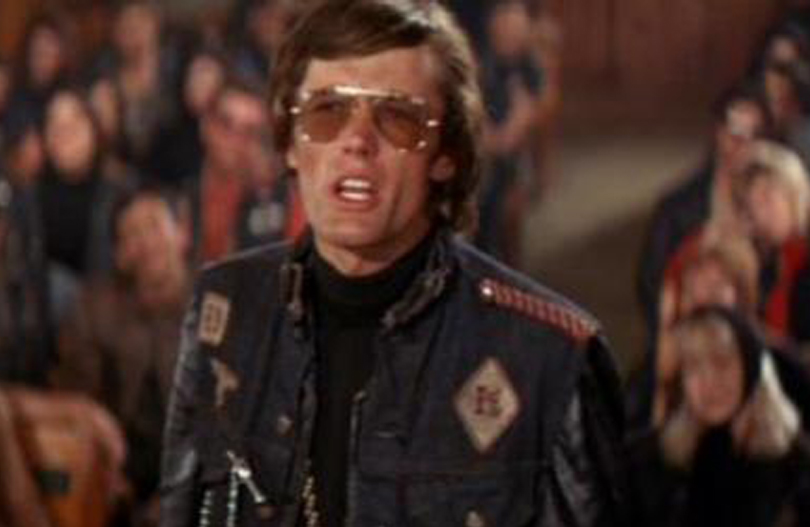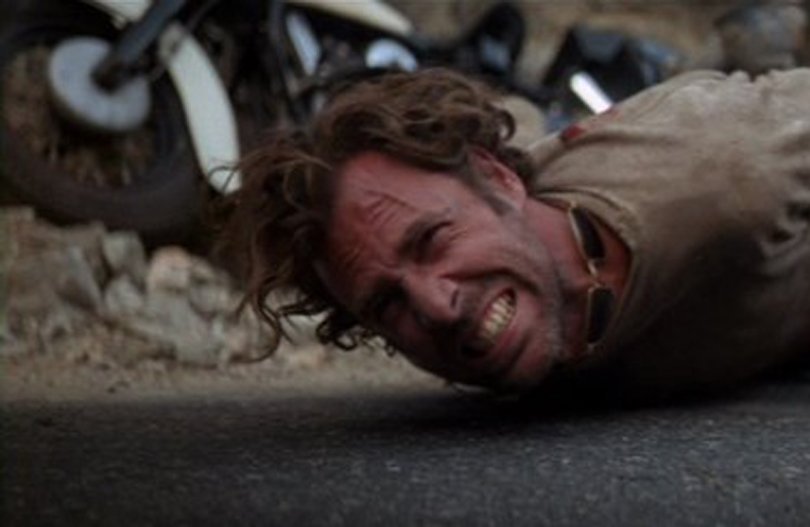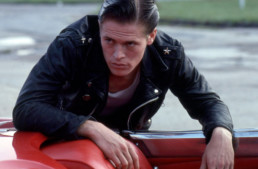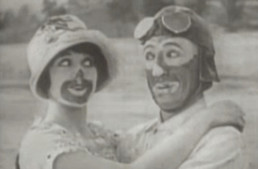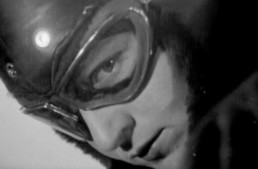The Vintagent Classics: The films that inspired us.
THE WILD ANGELS (1966)
Run Time: 1:27:00
Director: Roger Corman
Writer: Charles B. Griffith
Key Cast: Peter Fonda, Nancy Sinatra, Bruce Dern
FILM MAKERS
While Russ Myer, that worshipper of the mighty mammary, gave us ‘Motor Psycho’ (1965) featuring maniacal mods on mopeds, as a follow up to ‘Faster Pussy Cat! Kill! Kill!’, there wasn’t a formula for a feature-length chopper film until Roger Corman solidified the Biker Flick in 1966 with ‘The Wild Angels’. Corman observed that the front page threat to civil society was the emergence of the ‘outlaw biker’, this ‘problem’ being featured in LIFE magazine, countless newspapers, and Hunter S. Thompson’s book ‘Hell’s Angels’. Therefore, bikers were a perfect subject for this B-movie titan; “AIP (American International Pictures) wanted a contemporary film. I had seen a picture in Time magazine of a funeral of a member of the Hell’s Angels and been really struck by the graphics of it. The Hell’s Angels were in the news media at the time then. So I wanted to do a picture about the Hell’s Angels. AIP said fine. It was really that fast. As for the cast ‘we used the Hell’s Angels themselves to play the members of the gang. I used professional actors only for the leads. One thing I insisted upon – all the professional actors had to ride the bikes themselves. I wanted to be as authentic as possible.”
SUMMARY
Peter Fonda’s first motorcycle film opens with him rolling down a street with a modified 1957 Harley Panhead, and nearly running over a little boy escaping his mother on a tricycle…no subtle psychological cues here. During the opening credits with the soundtrack blaring, we don’t need a verbal explanation that he’s a typical biker, a lone rider moving through a landscape, packing only his ideals. With its crude dragon tank graphic, sky high sissy bar, ape hangers, and fishtail exhaust, Fonda’s ‘Dragon Bike’ was a typical ‘1%er’ bike of that date, using a stock steering geometry to retain riding performance. The bike still had plenty of style, with sharpened axles on its springer forks poking out two inches, and creating the illusion of a modified front end. Fonda oozed attitude on the machine, rakish himself on ‘the Dragon’s’ un-raked forks. Fonda said, “In some ways, the Dragon is even more of a biker’s bike; it’s the granddaddy of all choppers and it cemented my role as the original, in chopper history. The bike was built from the ground up to ride. It handles pretty well, feels comfortable, has good power, and you hardly ever run over lil’ kids on tricycles.” If Marlon Brando was the king of cool, unknowingly launching traditional biker fashion as we know it, Peter Fonda became the king of custom, the poster boy for a new type of badass biker, in chopper style.
‘The Wild Angels’ notably allows Fonda to become the mouthpiece of the entire chopper generation during the film’s most memorable scene, where he takes the podium at a church and delivers a sermon, after being asked ‘What do you want?’ To paraphrase, he answers, ‘We wanna be free! Free to ride our machines! And not be hassled by the man! And we wanna party!’ As a summary of the chopper generation’s ideology, this is hardly the Communist Manifesto, or Mein Kampf, or any number of underground political rant sheets passed around the universities and coffee shops during the late 1960s. It’s a knee-jerk statement, free of analysis or any particular ideology, and probably the most honest possible ‘mission statement’ of post-Beatnik chopper enthusiasts. Yes, riding a chopper meant something in the 1960s, and different things to different riders, but Fonda’s oratory distills that meaning to its essence; this isn’t about politics per se, although some riders were political, and it isn’t merely fashion, as riding a chopper required commitment, and dedication to an ideal of being ‘different’ as well as ‘free’. What riding a chopper was about was as simple, and as threatening to the status quo, as the declaration ‘we want to be free’. – Paul d’Orleans
Read more about this film’s place in motorcycle history in Paul d’Orleans’ book ‘The Chopper: The Real Story‘.
RELATED MEDIA
